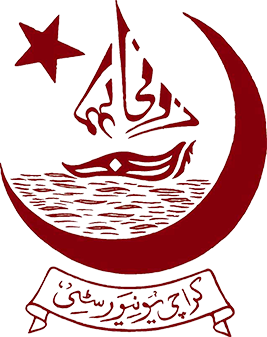Introduction
As title of the book suggest, migration plays a major role in shaping the size and distribution of the population developing countries of the world. Pakistani society is largely hierarchical and it emphasizes local cultural etiquettes and the traditional Islamic values, which governs both the personal and political life of majority of the population in small and big cities/towns. The important information which this book impart, is that, it is part of a large sponsored study [UK-based, International Institute for Environment and Development (IIED)], on governance for local development in small urban centre. The author aims to address the challenges and opportunities of increasing migration/emigration and the mobility. Its basic scope renders on secondary sources and census reports of the government of Pakistan. In addition, the previous work done by the authors and detailed interviews were also covered.
The authors visited three small towns: Mithi in southern Sindh, Uch in southern Punjab and Chiniot in central Punjab, chosen for this study. In these towns local population, community-based organizations (CBOs) various businesses, political representatives, ethnical and clan organizations; were interrelated and participated in the development that took place. Keenly, the authors mentioned the methodology which was followed in the interviewees, chosen carefully to represent the business people, NGOs workers, artisans, welfare associations, migrated people; and the legal and informal emigrants. These persons were identified by the Thar Rural Development Project (TRDP) in Mithi, the Conservation and Rehabilitation Centre (CRC) in Uch, and by the Nazir Ahmad Wattoo in Chiniot. There are no specific limitations, except the geographic areas plus its political and religious endures. No specific subjects were ignored and every single area was covered amazingly. The Table of contents is organized in a topical order, considering the Pakistan’s political, demographic, social and geographical aspects. Mass migration is listed, including Indo-Pak wars and Afghan conflicts. Mithi, Uch and Chiniot are discussed in detail. The book ends with a fine messages of the authors. The first chapter focuses on the political structure of Pakistan, its demographic picture, poverty, physical conditions and unequal development, government programs and the impact of structural adjustment.



